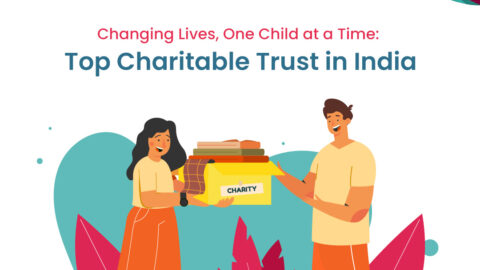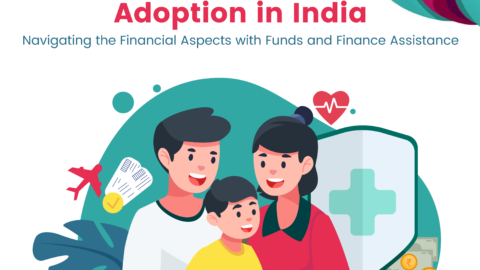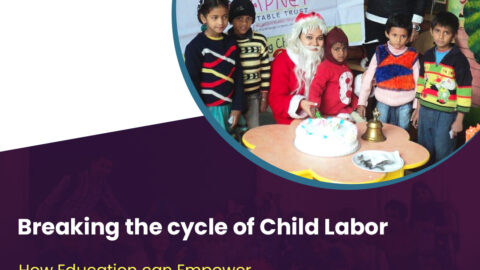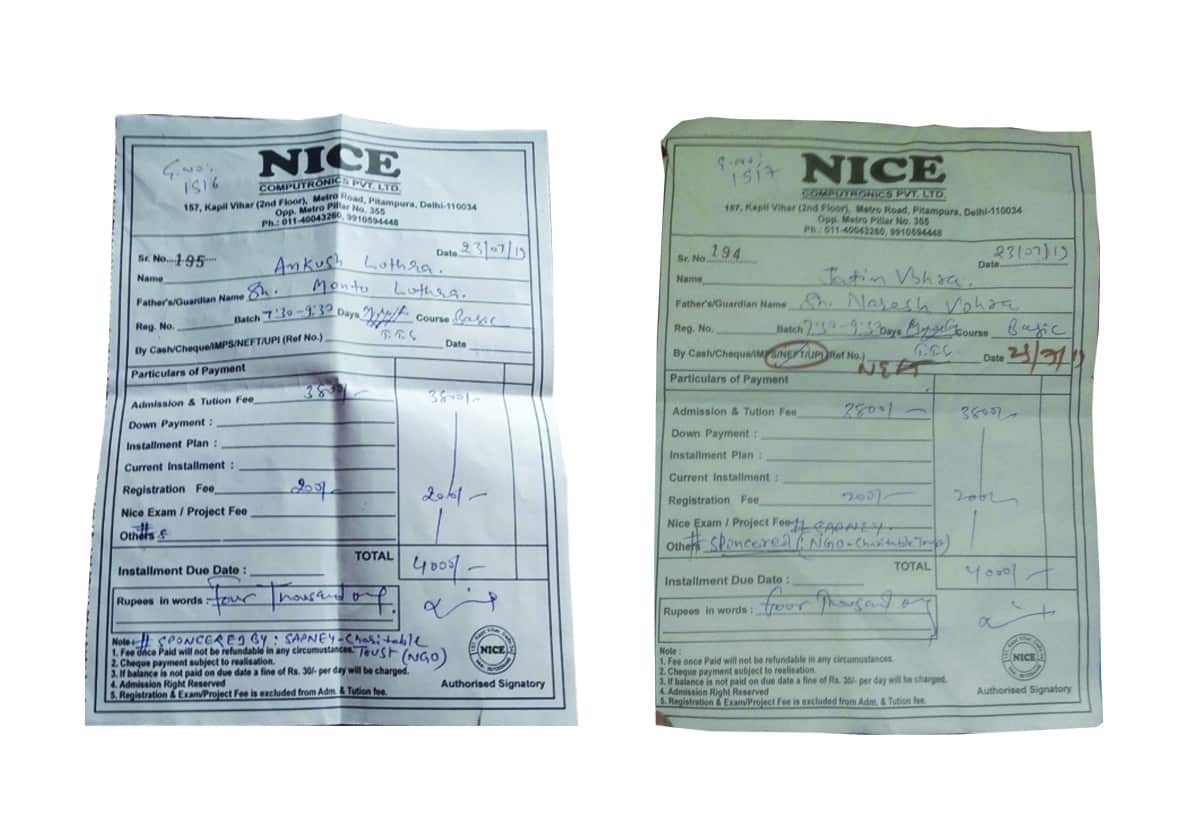Adoption in India
In India and around the globe, the adoption of children is on a constant rise.
Adoption is generally done on three main basis– the parents are unable to conceive a child of their own when a single parent desires to start his/her own family, or they simply want to help and offer a better living to the child abandoned by their parents.
With constant efforts of educational institutions, government, and NGOs like Sapney, adoption, which was once frowned upon in India, is now openly discussed and considered in our society.
To guarantee full protection and safety of the adopted child and ensure authenticity during the whole process, The Central Adoption Resource Authority is officially made in charge of various rules governing India’s adoption process.
The Central Adoption Resource Authority, a.k.a CARA is an independent, official division of the Indian government’s Ministry of Women and Child Development. Just like many nations across the world, there are laws and guidelines that control child adoption in India.
Eligibility criteria to adopt a child in India

Child Adoption Process in India
When understanding the adoption procedure, are you confused with all the legal jargon and terms?
We have taken the initiative to break it down and make it simple for you.
Step 1 – Registration
A recognized agency, such as a Special Adoption Agency (SAA) or a Recognized Indian Placement Agency (RIPA), is required for potential adoptive parents to register.
The prospective parents need to visit the Adoption Coordination Agency, where a social worker will guide them through the formalities of completing all the paperwork and general
Step 2 – Home Study and Counseling
The prospective adopting parents are visited by a social worker for a home study. To better understand their preparedness, motivation, abilities, and shortcomings, the agency could urge them to participate in therapy sessions.
The court is then informed of the observations.
Note: According to CARA (India’s official adoption authority), the home study must be finished within three months of registration.
Step 3 – Child Application
The agency will let potential parents know when a child is available for adoption. While the medical records, physical examination records, and other pertinent data are provided, the couple can even spend time with the child.
Step 4 – Acceptance of the Child
The parents must sign a few sheets of paperwork confirming their acceptance of the child after they are at ease with the child.
Step 5 – Filing of Petition
A lawyer receives all necessary paperwork and creates a petition to be submitted to the court. The parents will show up in court and sign the petition before a court official.
Step 6 – Pre-Adoption Foster Care
To better understand the circumstances, the adoptive parents can take the child to a pre-adoption foster care facility after the petition is signed in court.
Step 7 – Court Hearing
The child and the parents must both show up in court. The hearing is conducted before a judge in a separate chamber.
Step 8 – Court Order
The judge will issue adoption orders after the investment’s receipt is shown.
Step 9 – Follow Up
The agency must give the court follow-up reports on the welfare of the kid after the adoption. This goes on for one to two years
India, the second-most inhabited nation in the world with over 1.2 billion population, is home to a large number of kids who are eager to find their forever families. If you are someone who is willing to help such a kid or want to cherish the beautiful feeling of being a parent– visit CARA for more information on adoption.








